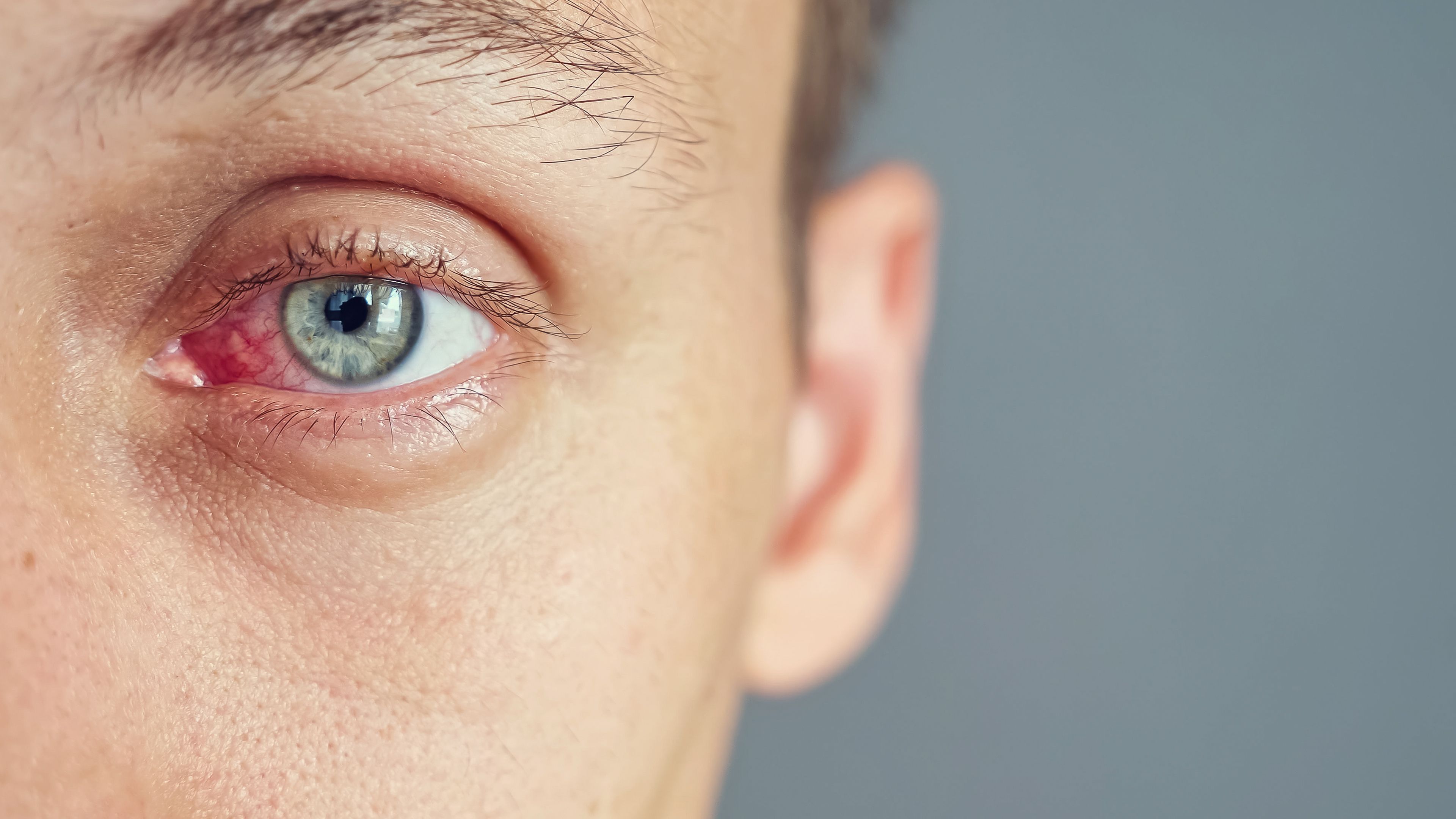- Center on Health Equity & Access
- Clinical
- Health Care Cost
- Health Care Delivery
- Insurance
- Policy
- Technology
- Value-Based Care
Reproxalap Improved Redness, Tear Production in Dry Eye
Symptoms of dry eye improved when patients in Canada used reproxalap compared with a placebo dose.
Ocular redness decreased and tear production increased when patients with dry eye disease (DED) used 0.25% reproxalap ophthalmic solution compared with a placebo dose, according to a new study published in Ophthalmology Science.1
Approximately 40 million people in the US are affected by DED. The condition primarily affects tear film and is characterized by either the tear ducts not producing enough tears or tears evaporating too quickly off of the eye.2 This can cause blurred vision, ocular redness, burning or stinging, excessive production of tears, and sensitivity to light when not properly treated. Due to the prevalence of the condition, new treatments are needed. Dry eye chambers have been used for the development of treatments for DED to simulate flares. This study aimed to assess the efficacy of reproxalap across all symptoms and signs of DED when patients with DED were exposed to a dry eye chamber.1
Reproxalap improved symptoms of dry eye compared with vehicle | Image credit: lenblr - stock.adobe.com

All patients in the study were enrolled from the Cliantha Research center in Mississauga, Ontario, with all patients having a diagnosis of DED. Patients were given either a vehicle dose or a 0.25% topical ocular reproxalap dose. Researchers measured the efficacy of the reproxalap before and during exposure to a dry eye chamber that lasted for 90 minutes. The dry eye chamber pointed air jets toward the faces of the patients to simulate dry eye conditions. Patients also rated ocular discomfort and performed other visual tasks while they were in the chamber.
Participants were aged between 18 and 70 years and had a history of DED of at least 6 months with eye drop use that lasted between 2 weeks and 6 months before screening. Included patients also had a corneal fluorescein staining sum score of at least 4 and had increases in ocular dryness and redness scores of at least 15 and 0.5, respectively. Patients who had a history of inflammatory or infectious diseases, who could not discontinue eye drop use, or who had clinically significant examination findings were excluded from the study. Participants were administered vehicle about 5 minutes before and 45 minutes after their entry to the dry eye chamber.
An unanesthetized Schimer test was done for all participants at baseline and during prechamber visits before and after the fourth dose of treatment. Patients reported dry eye symptoms of ocular dryness, discomfort, grittiness, burning, and stinging on a scale of 0 to 100. The change in ocular redness score from baseline acted as the primary end point, and change in symptom scores acted as the secondary end point.
There were 57 patients who were assigned equally between the 2 groups and treated between March 9 and May 9, 2022. The study reached its primary end points, with reproxalap leading to higher Schirmer test scores and lower levels of ocular redness as measured by the patients. Ocular redness had a mean change from baseline of 0.48 in the vehicle group and 0.31 in the reproxalap group, with lower scores indicating less severity.
Symptom scores were also better with reproxalap compared with the vehicle, with the mean reproxalap change since baseline being 0.01 in itching compared with change from baseline of 0.21 with vehicle. Symptoms outside of the dry eye chamber were similar across both groups and did not significantly differ.
Visual acuity readings, vital signs, fundus assessments, and clinical laboratory parameters did not have any clinically significant changes after patients took reproxalap. No patient withdrew from the study due to treatment-emergent adverse events. A total of 92% of the patients reported mild and transient instillation site irritation when taking reproxalap compared with only 3% of those who took the vehicle.
There were some limitations to this study. All participants came from a single center in Canada, which could limit generalizability. All eye drops are likely to have some activity in dry eye chambers due to the ability of eye drops to wet the eye. Symptom reporting could have been affected by the patients noticing the difference in irritation between reproxalap and vehicle.
The researchers concluded that reproxalap was beneficial for use in improving ocular redness and dry eye symptoms in those with DED. “Future studies are warranted to characterize the mechanisms by which reproxalap may exert acute and chronic activity in patients with dry eye disease,” the authors wrote.
References
1. Garg S, Donnenfeld E, Sheppard J, Epitropoulos A, Brady TC. Reproxalap improves ocular redness, tear production, and symptoms in a pivotal dry eye disease chamber trial. Ophthalmol Sci. 2025;6(1):100938. doi:10.1016/j.xops.2025.100938
2. Dry eyes. Cleveland Clinic. Updated June 20, 2025. Accessed October 28, 2025. https://my.clevelandclinic.org/health/diseases/24479-dry-eye
